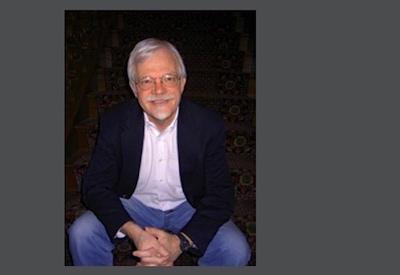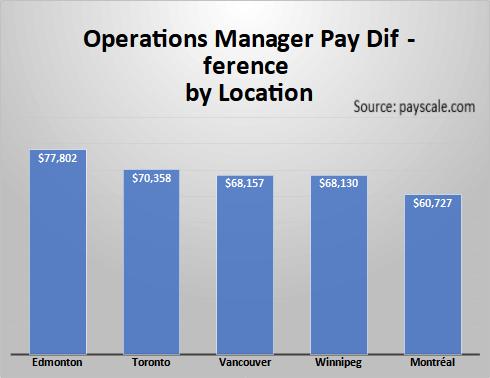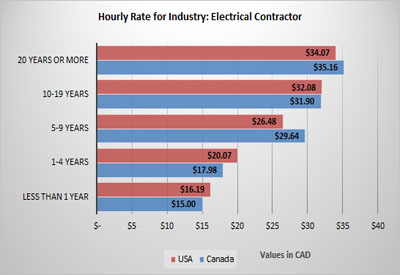NETCO 2023 Conference: Embracing Technology and Life-Long Learning are Key to Engaging Younger Generations
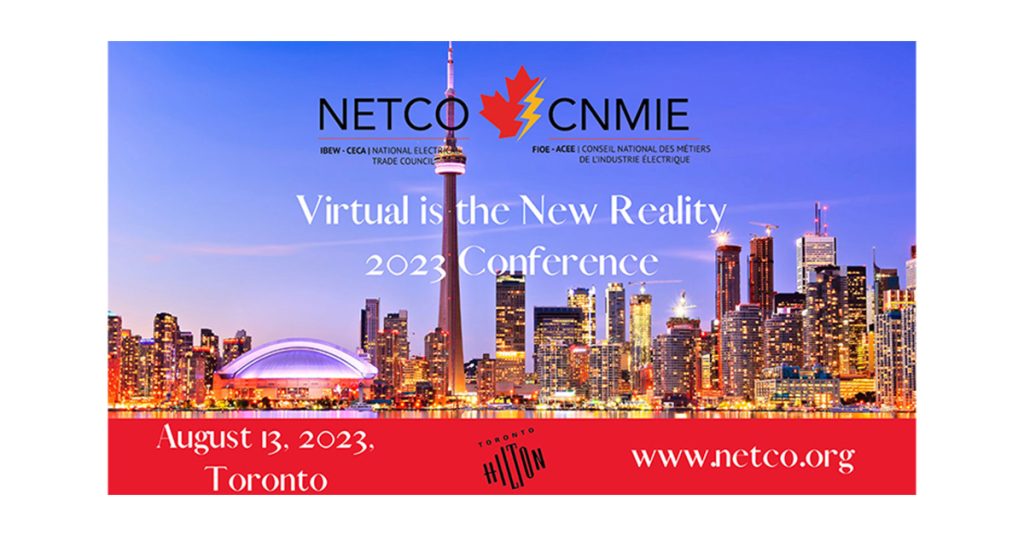
September 6, 2023
By Blake Marchand
NETCO held their Annual Training Conference earlier this month in Toronto to celebrate their efforts throughout the year and educate members on training initiatives that are already changing how training is delivered.
“I’m very excited for our two professional development educational sessions with NORCAT and Saskatchewan Polytechnic,” commented NETCO Executive Director, Chris Swick in his opening remarks at the event, “both sessions will bring new and innovative approaches to the way we conduct business and provide training to the electrical industry.”
At the centre of the conference was those two educational sessions. The first, presented by NORCAT’s Brandon Vance focused on NETCO’s newest VR training course, Hoisting and Rigging while also touching on the future of blended learning. The session discussed how NORCAT is combining classroom training with their cutting-edge VR technology to improve safety training in the skilled trades.
The second educational session was presented by Saskatchewan Polytechnic and focused on NETCO’s OASIS online learning platform. OASIS is to support apprentice learning, as well as journeypersons looking to refresh and build on their current skills.
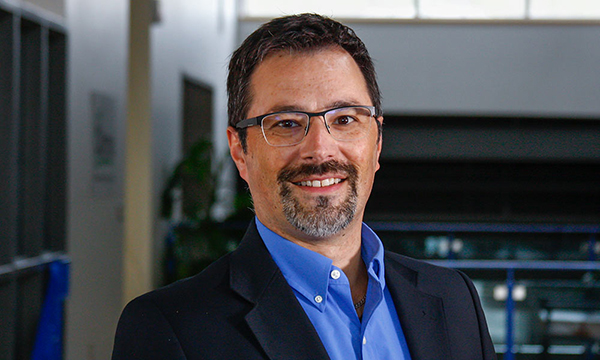
The Keynote Speaker for the event, NORCAT CEO, Jason Bubba, spoke to the role of AI and new technologies in the trades and how they can impact the future of skilled trades. Primarily, how technology can facilitate continuous learning, make training safer, and make the trades appealing to younger generations.
“What if I told you that VR tools can make your job easier? What if I told you they could make your training more effective? What if I told you that it can engage new, young workers more effectively? And what if I told you that VR technology can make your job safer? So that we can all go home to our loved ones at the end of the day,” said Bubba at the top of his keynote address.
“NETCO and IBEW are doing that today, and this event is proof that you are all innovative leaders in this community.”
Bubba explained that “Students learn faster, and students learn better,” than they have in the past because the delivery method for information and instruction has evolved with the advancement of technology. He framed VR as another step in that transition, another tool to improve training delivery.
The trades present a complex training challenge due to the inherent risk associated with electricity, working at heights, working with heavy machinery, and so on. It can be difficult and costly to replicate real-life scenarios in the training setting. VR can help bridge that gap by supplementing classroom learning, and on the job training.
“How ridiculous does an encyclopedia sound today compared to the information that we hold in the palm of our hand. Knowledge is a click away.”
Bubba’s point was that technology can make the message more impactful. Changes in technology highlight the importance of continuous learning and upskilling, he explained. “To navigate changing landscape of work successfully.”
“Technology isn’t our enemy. We have the power to embrace it and we have to evolve alongside it. The key is equipping ourselves with the knowledge needed to navigate this rapid growth. By investing in our own development, we can equip ourselves to embrace these advancements and seize these emerging opportunities. Continuous learning is our path to success, it ensures our relevance, it fuels our professional growth, it enhances our jobs, it opens up doors to new and exciting things.”
Bubba also spoke to the importance of engaging the younger generations. Skilled trades are facing significant labour shortages now and as we project what labour demand could look like in 10-15 years.
Bubba touches on the reality that younger generations want to work and communicate in different ways because they have grown up in a different technological and communication landscape than much of the current industry. Meaning that it is important for industries to adapt in order to attract and retain talent.
“Their proficiency with digital communication combined with their innate curiosity and willingness to learn makes them well suited to embrace and leverage emerging technologies.”
“How do we get these tech savvy individuals to enter the trades? That’s a big question, that nobody has the exact answer to right now.”
“Generation Z,” Bubba explained, “is purpose driven and they want work experience aligned to their values, they want opportunities for growth, they’re motivated by meaningful work that allows them to make a positive impact and contribute to something larger than themselves.”
Bubba posits that by “creating an environment that fosters continuous learning and provides avenues for skills enhancement, employers can begin to attract and retain these talented individuals, because the truth is Generation Z brings a whole new level of innovation to the table.”
Younger generations have different expectations, they want purpose driven experience, they want opportunities for growth and opportunity in their career path, “but don’t we all? I doubt anyone in this room wants to remain stagnant,” Bubba said.
“Our role as leaders is to bridge that gap between generations.”
“We can combine the experience and wisdom of season professionals with the technology prowess and innovative thinking of the next generation. We have to demonstrate to our youth that careers in the skilled trades are well paying, they’re innovative, and they make a long-lasting impact on society. Which is all true.”

